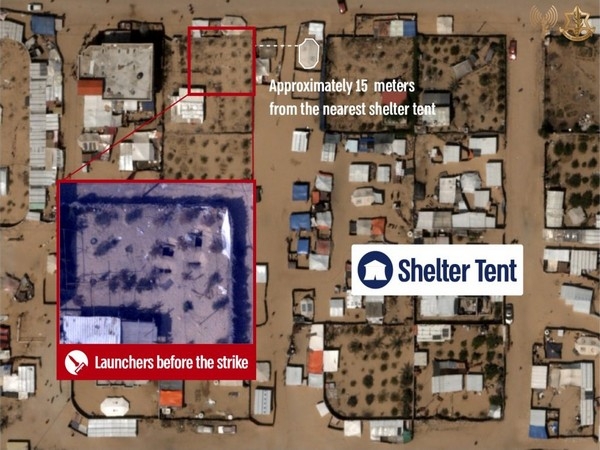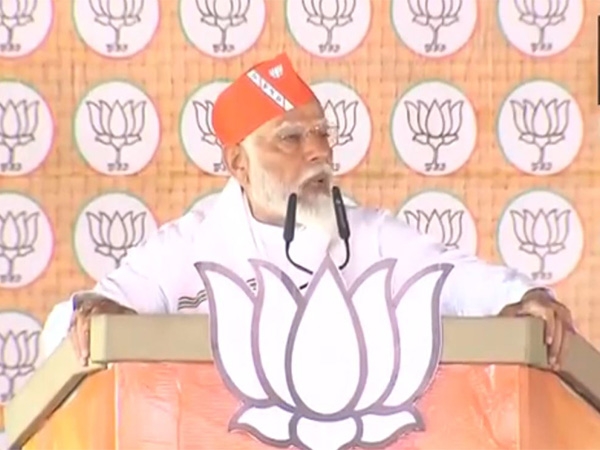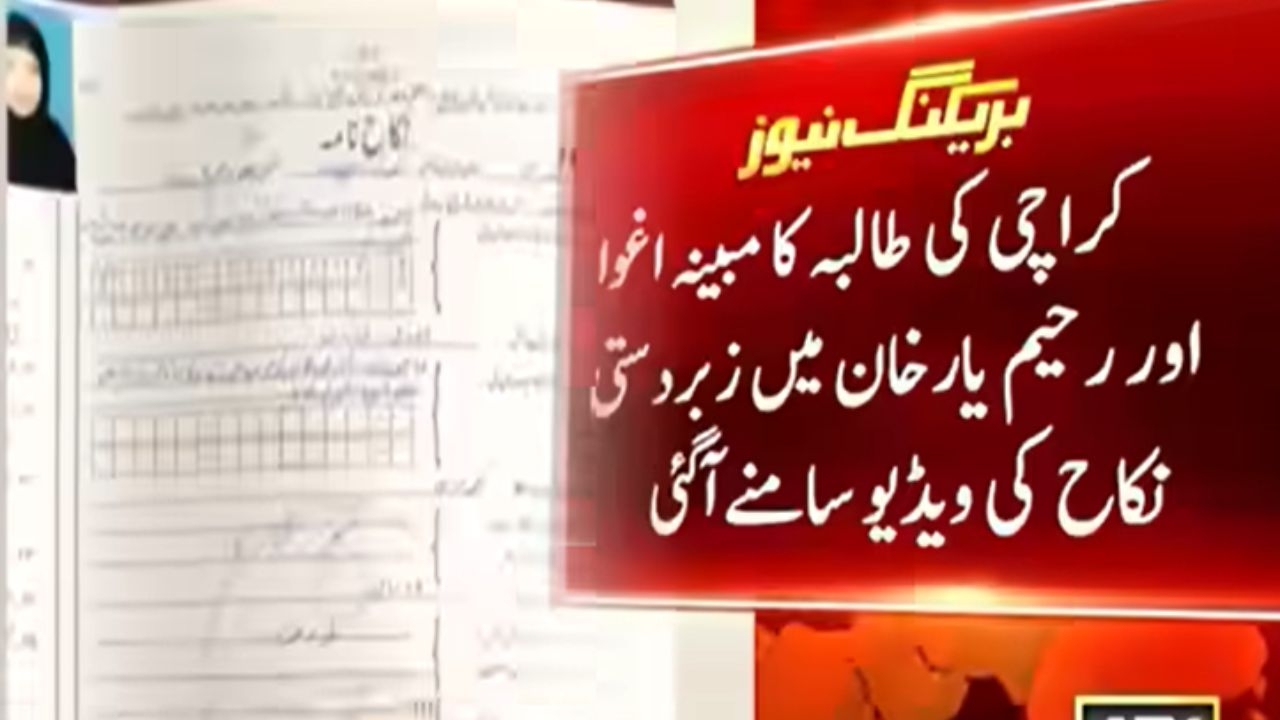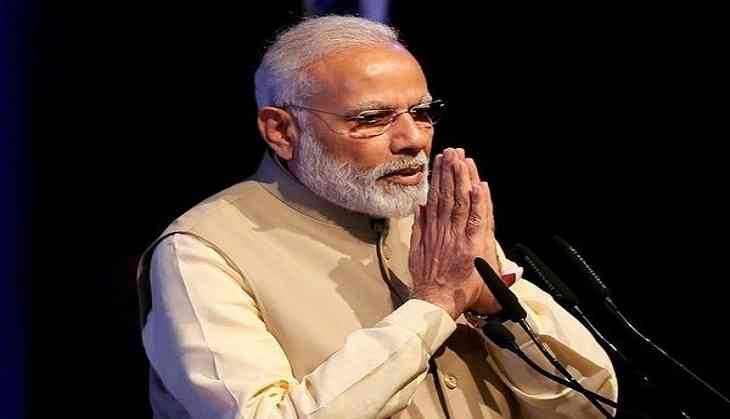
The meeting between Prime Minister Narendra Modi and Chinese President Xi Jinping in Hamburg on the sidelines of the G-20 summit set the stage for a resolution of the Doklam standoff along the Sikkim border, a new book has revealed.
Modi and Xi had met on 7 July as the standoff, which started on June 16, was continuing. While the Ministry of External Affairs had said the two leaders discussed a range of issues, Chinese officials had at that time denied that any bilateral talks took place between the two leaders.
A new book, "Securing India the Modi Way", by strategic affairs expert Nitin A. Gokhale, reveals that the meeting did take place after Modi walked up unannounced to Xi in the lounge for G-20 leaders.
"According to those in the know, the stage for a prolonged diplomatic engagement was set by Prime Minister Modi at Hamburg when he walked up unannounced to President Xi in the lounge for G-20 leaders," says the book, which Vice President M. Venkiah Naidu launched on Friday.
"According to Indian diplomats witness to the impromptu meeting, the Chinese team was taken aback, if not stunned, by Modi's initiative to meet Xi informally."
According to the book, during the brief meeting, Modi suggested to Xi that the two Indian and Chinese Special Representatives -- National Security Advisor (NSA) Ajit Doval and State Councillor Yang Jiechi -- should lead the efforts to resolve the Doklam standoff.
"Our strategic ties are far bigger than small tactical issues like Doklam," Modi reportedly told Xi.
A fortnight later, Doval flew to Beijing for the scheduled BRICS NSAs meet.
In the meanwhile, during the period of the stand-off, at least 38 meetings were conducted in Beijing between the Indian side led by Ambassador Vijay Gokhale, a China specialist known to remain unruffled in tense situations, and Chinese officials. The Indian team was given clear instructions by Prime Minister Modi, NSA Doval and Foreign Secretary S. Jaishankar on India's red lines.
"The team was told that India will remain resolute on the ground and reasonable in diplomacy," the book says, adding that the fact that the BRICS summit was to be held in China in September also helped in resolving the issue.
"Having invested vigorously in the BRICS platform, China could not afford India's absence at the summit..."
Ultimately, the understanding reached was that China will stop road construction in the area that sparked off the standoff, the book says.
Neither India nor China have mentioned any of these details in their statements after the standoff was resolved.
The book also reveals that trouble in the area started late in May and was spread over three phases -- a "quiet" stand-off from May-end to June 25, build-up of forces on both sides between June 26 and August 14 and a subsequent thaw between August 15 and August 28.
On June 16, a light vehicle and nine heavy vehicles, including equipment, reached the area, and there was an "interaction" between Indian and PLA troops that morning. Shortly after, a Royal Bhutan Army patrol reached there and had an "interaction" with the PLA troops.
On 17 June, Chinese bulldozers began work on constructing a temporary road and Indian troops "interacted" twice with the Chinese side, asking them to stop the construction activity. The bulldozers were in action on June 18 as well, and with the matter being reported to military hierarchy, Indian soldiers were ordered to stop the road construction party. Thereafter Indian troops formed a human chain to block the PLA.
On June 20, a flag meeting was held at Nathu La between officers of the rank of Major General and equivalent.
The ensuing days saw build-up on both sides, with temporary infrastructure coming up on both sides. A large number of tanks and guns were stationed opposite Sikkim by the Chinese.
"India also quietly matched the build-up, but due to a shorter logistics line, it did not have to get troops close to the border," the book says.
The thaw started after 14 August, and the disengagement finally took place on 28 August.
-IANS


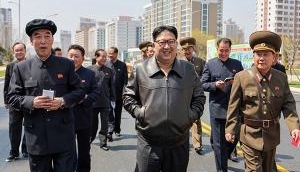
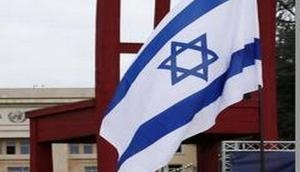
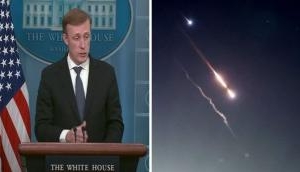
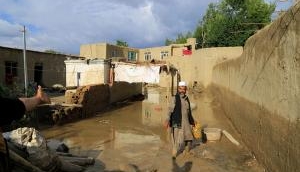
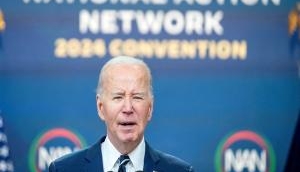
![BJP's Kapil Mishra recreates Shankar Mahadevan’s ‘Breathless’ song to highlight Delhi pollution [WATCH] BJP's Kapil Mishra recreates Shankar Mahadevan’s ‘Breathless’ song to highlight Delhi pollution [WATCH]](http://images.catchnews.com/upload/2022/11/03/kapil-mishra_240884_300x172.png)

![Anupam Kher shares pictures of his toned body on 67th birthday [MUST SEE] Anupam Kher shares pictures of his toned body on 67th birthday [MUST SEE]](http://images.catchnews.com/upload/2022/03/07/Anupam_kher_231145_300x172.jpg)


_251372_1280x720.jpg)
_251371_1280x720.jpg)
